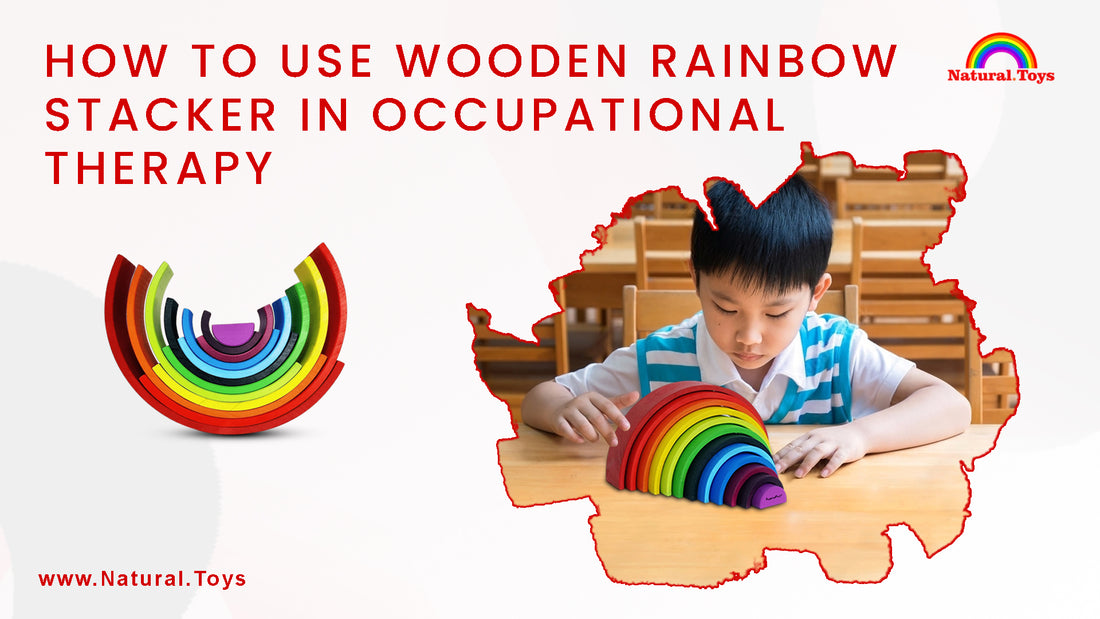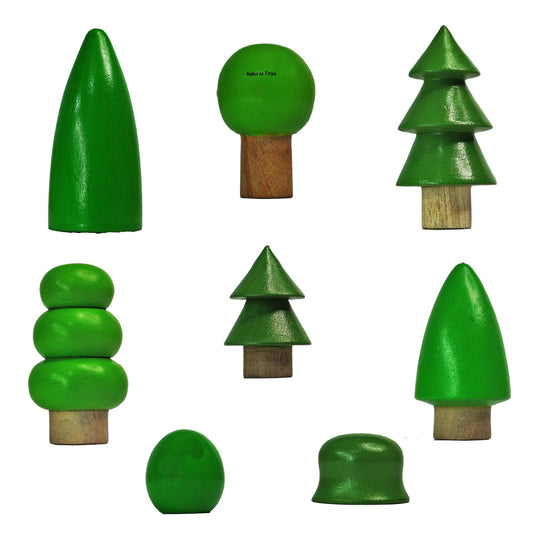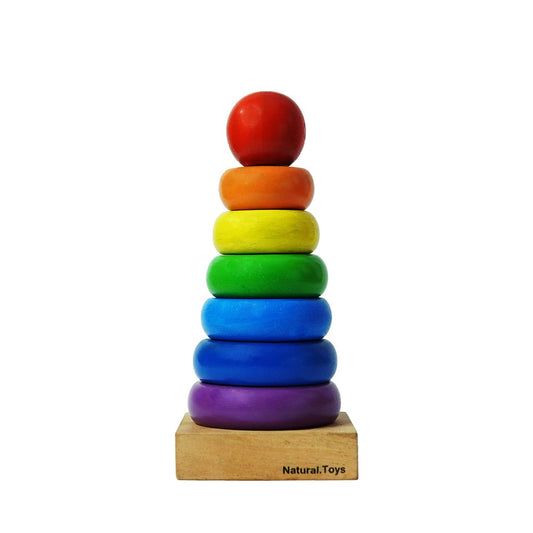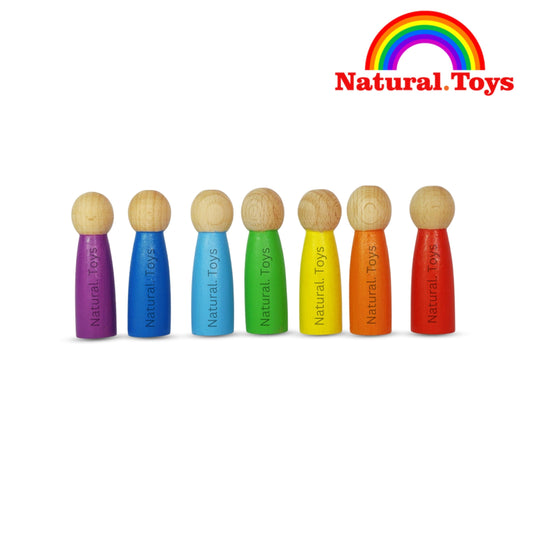
If you work in occupational therapy, you likely know how important it is to find fun and engaging tools to help your patients develop their motor skills and cognitive abilities. One such tool that has gained popularity in recent years is the wooden rainbow stacker. Not only is it visually appealing, but it can also be used in a variety of ways to help your patients achieve their therapy goals. In this article, we'll explore the benefits of using a wooden rainbow stacker in occupational therapy and provide some tips on how to use it effectively.
First, let's talk about what a wooden rainbow stacker is. Essentially, it's a set of wooden arches in different colors and sizes that can be stacked on top of one another to create a rainbow-shaped tower. The arches are often smooth and easy to handle, making them a great option for patients who struggle with fine motor skills or have sensory issues. Plus, the bright colors and unique shape can capture the attention of even the most disinterested patient, making it an ideal tool for therapists who are looking to keep their patients engaged and motivated.
So, how can you use a wooden rainbow stacker in occupational therapy? Here are a few ideas:
-
Fine motor skills: The act of stacking the arches on top of one another requires a great deal of precision and control, making it an ideal activity for patients who need to work on their fine motor skills. As they grasp and manipulate the wooden pieces, they'll be developing their hand-eye coordination and improving their ability to control small movements.
-
Visual-spatial skills: Because the arches come in different sizes and colors, they can be used to help patients develop their visual-spatial skills. For example, you might ask them to sort the arches by size or color before stacking them, or challenge them to create a symmetrical tower.
-
Problem-solving skills: Stacking the arches in the correct order can be a bit of a puzzle, especially for patients who are new to the activity. By encouraging them to experiment with different combinations and figure out the correct sequence, you can help them develop problem-solving skills that will serve them well in other areas of their life.
-
Sensory integration: The smooth texture of the wooden arches can be soothing for patients who have sensory processing issues. You might encourage them to explore the different textures and temperatures of the arches, or use them in combination with other sensory tools like sand or playdough.
Of course, these are just a few ideas – the possibilities are endless! The key is to be creative and tailor the activity to the needs and abilities of each individual patient.
When introducing a wooden rainbow stacker to a patient, it's important to start with the basics and gradually increase the difficulty as they become more comfortable with the activity. For example, you might start by asking them to stack just two or three arches, and then gradually add more as they become more confident. Additionally, you might want to provide verbal cues or physical prompts to help guide them through the activity, especially if they are struggling.
Finally, it's important to keep safety in mind when using a wooden rainbow stacker in occupational therapy. Make sure that the patient is using the tool in a safe and appropriate manner, and monitor them closely to ensure that they do not put the pieces in their mouth or use them in a way that could cause injury.
In conclusion, a wooden rainbow stacker can be a valuable tool for occupational therapists who are looking for fun and engaging ways to help their patients develop their motor skills, cognitive abilities, and sensory integration. By tailoring the activity to each individual patient and gradually increasing the difficulty, you can help them achieve their therapy goals while keeping them motivated and engaged.





